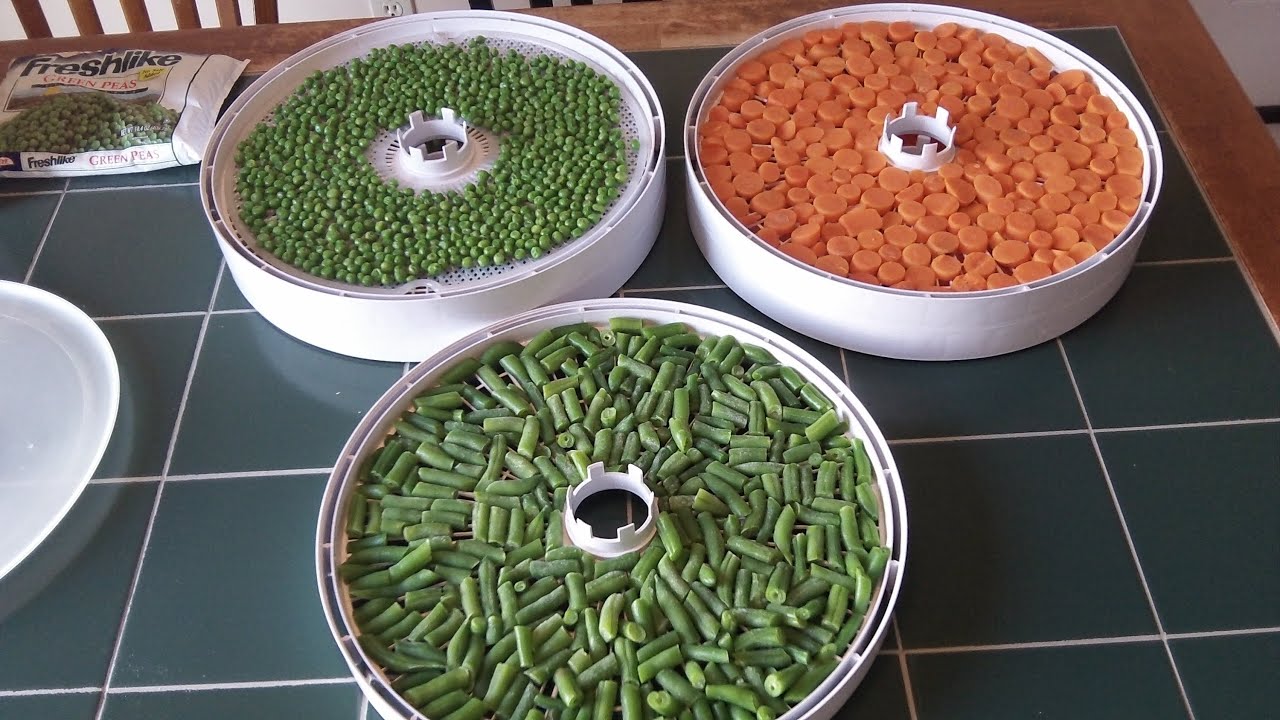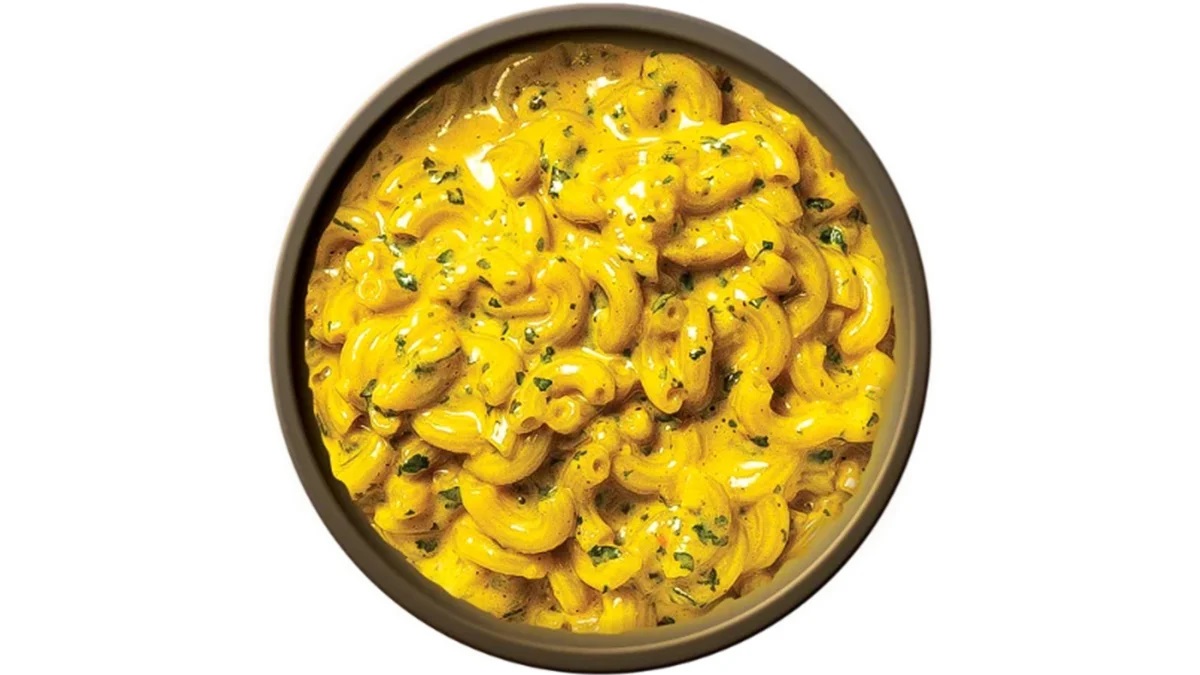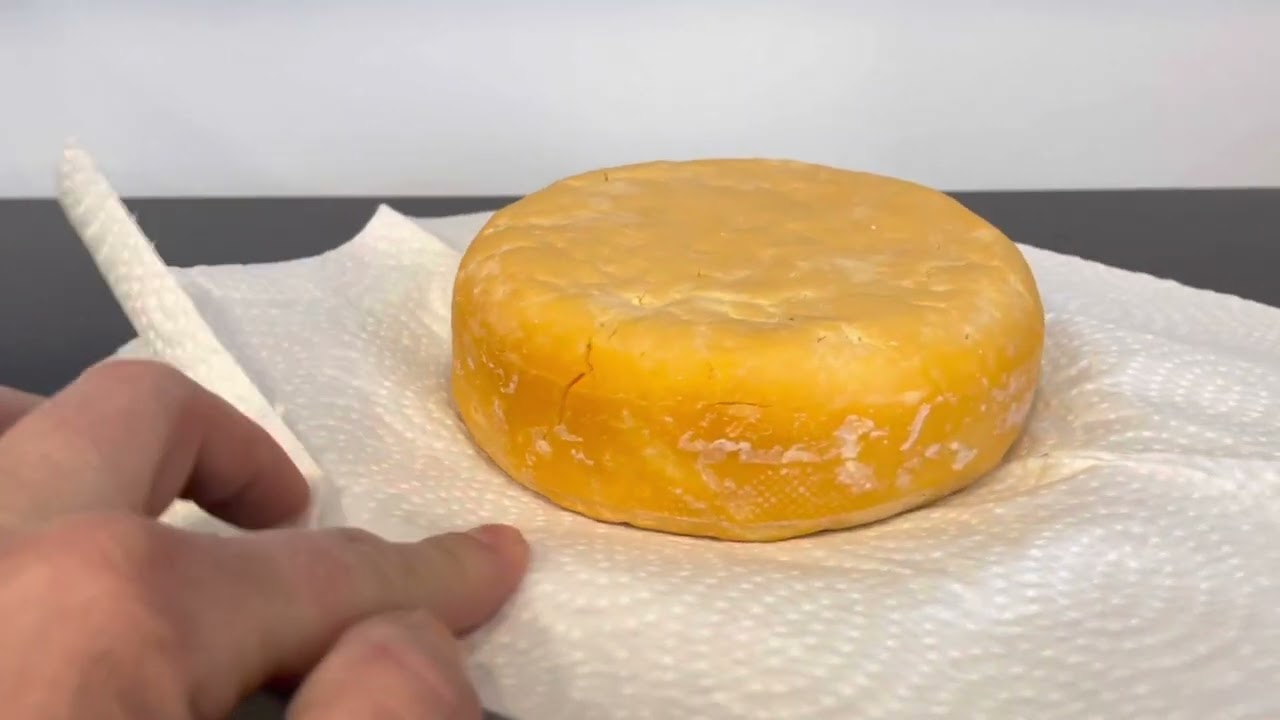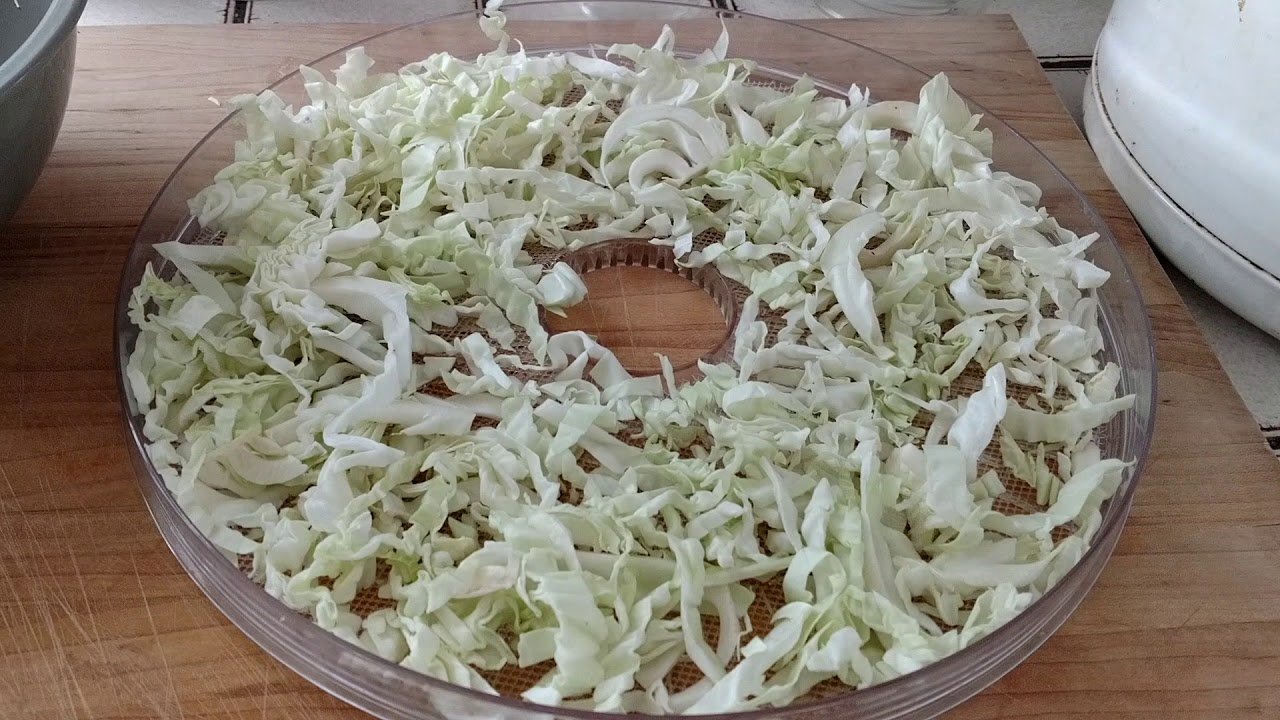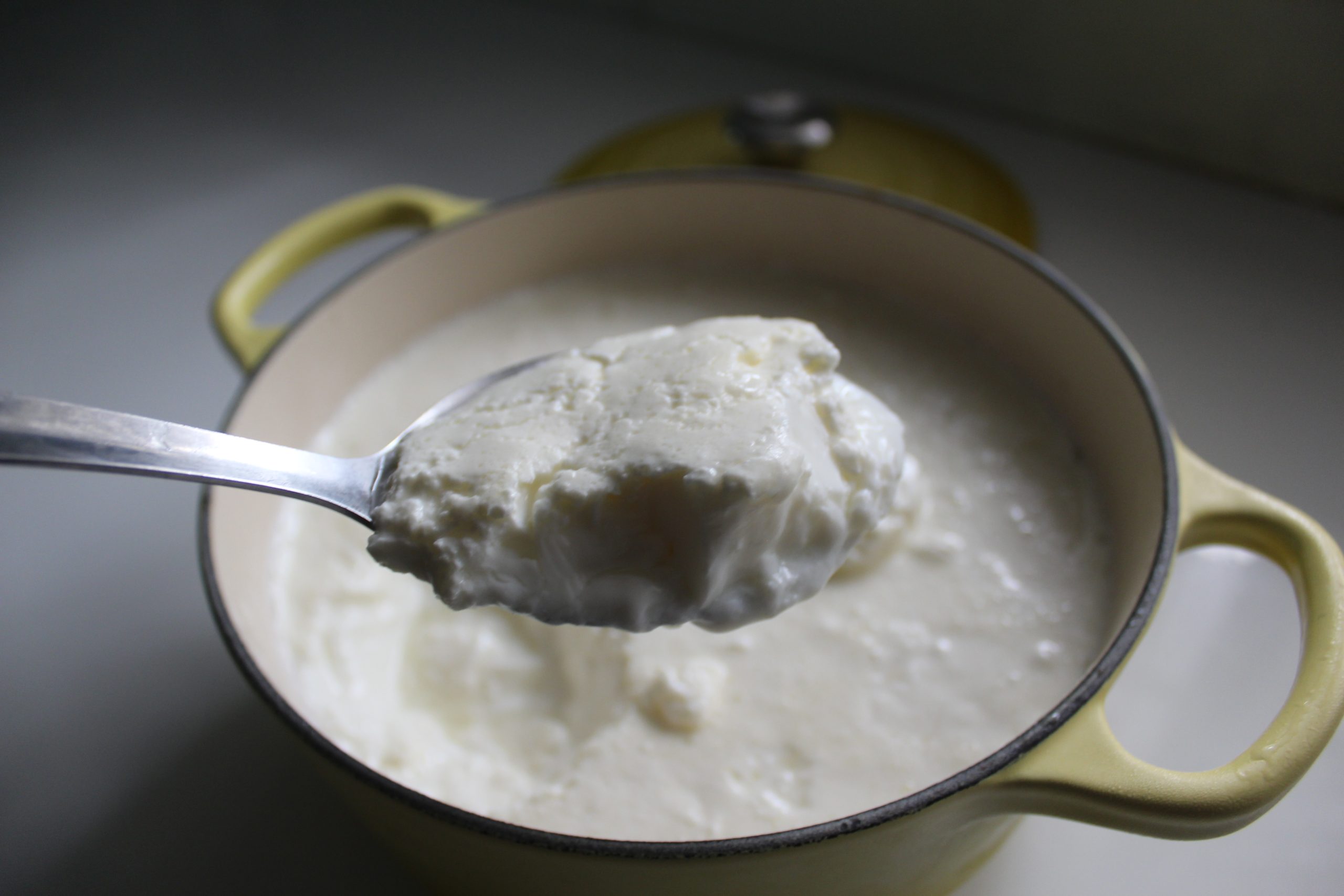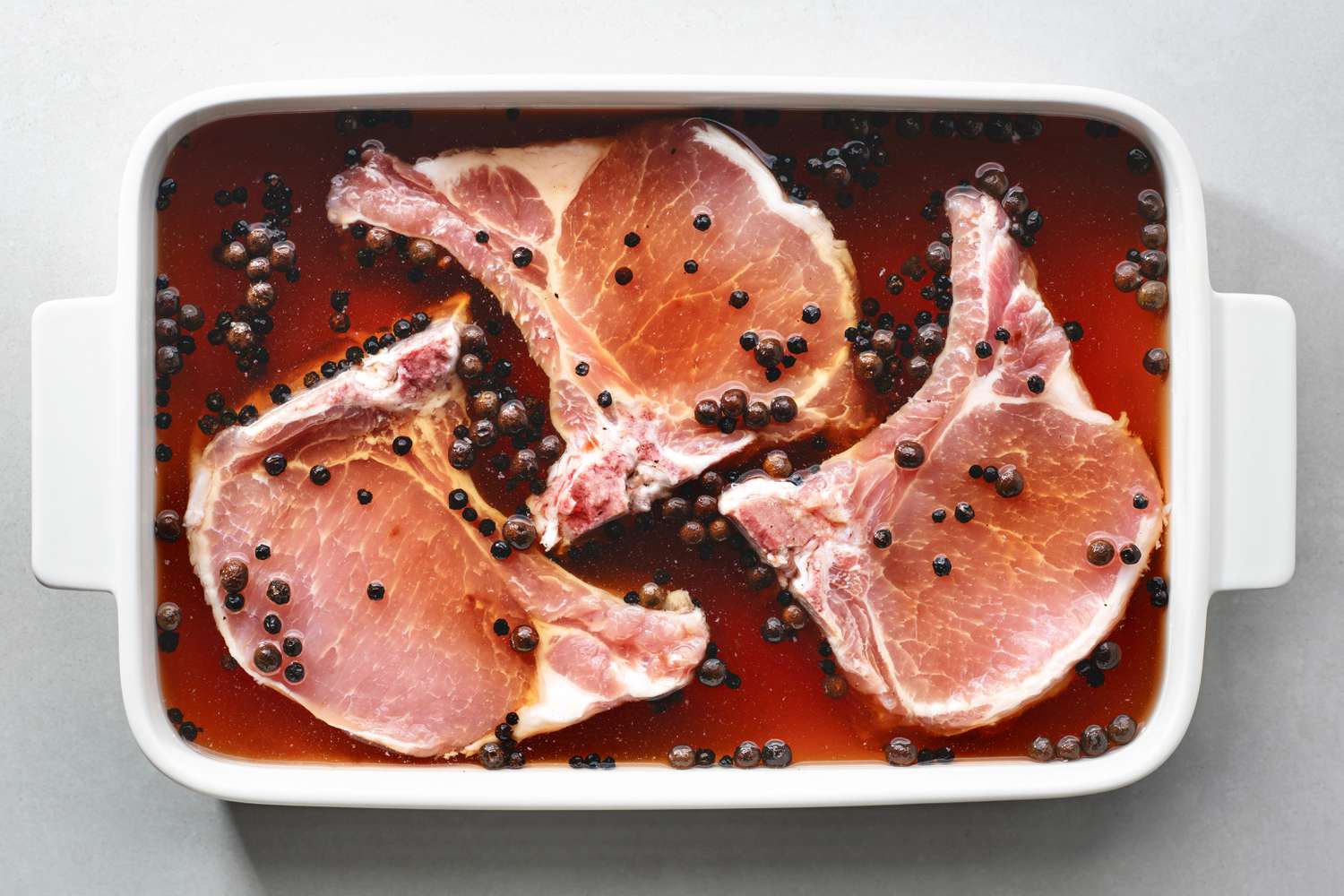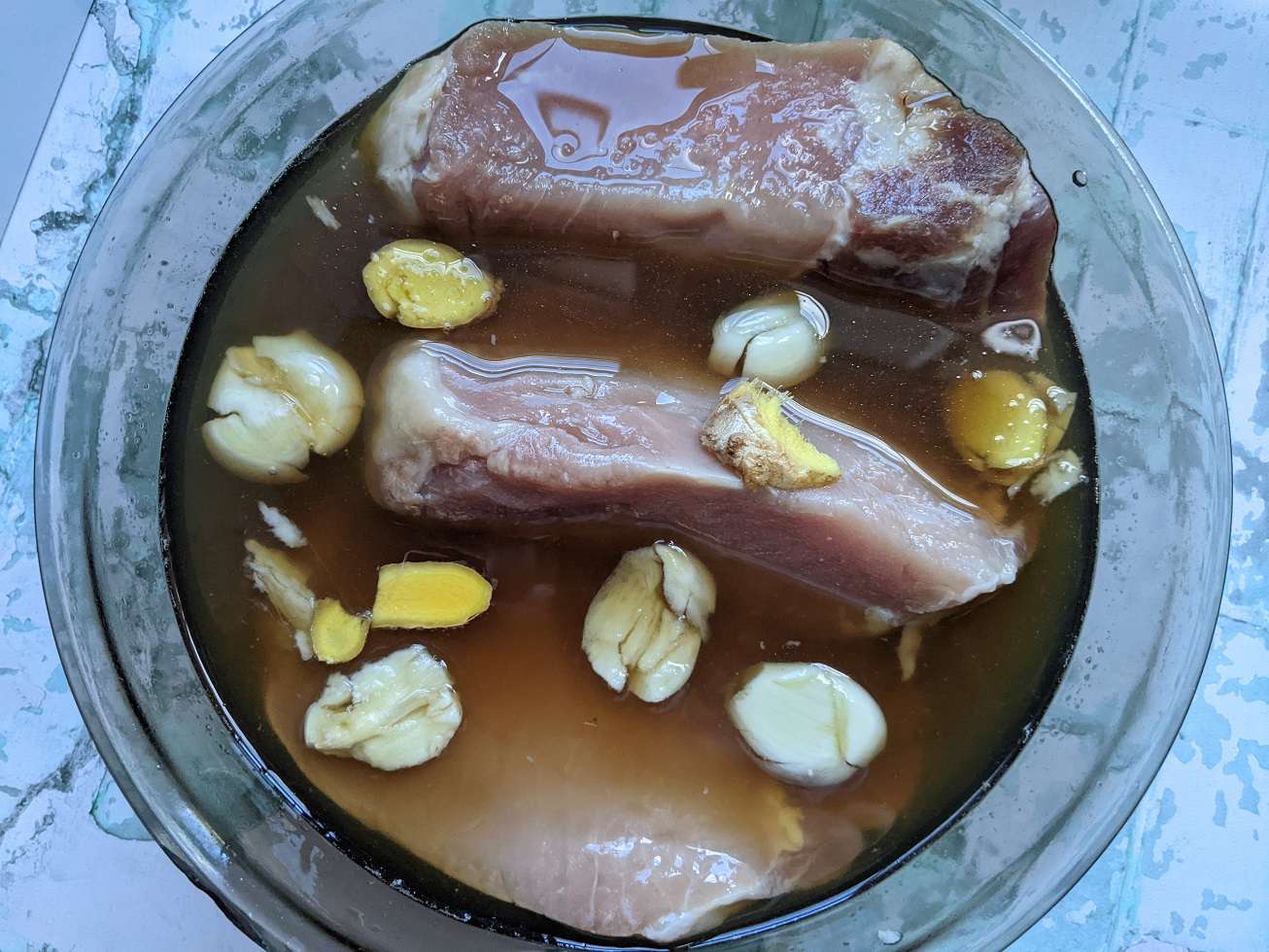Dehydrating Food for Long Term Storage
Dehydrating food is a fantastic way to preserve it for long term storage. Whether you’re an avid gardener looking to make the most of your harvest, or simply want to stock up on seasonal produce, dehydrating food is a simple and effective method.
Choosing the Right Foods
Not all foods are suitable for dehydration. Fruits and vegetables are the most common choices, but meat, herbs, and spices can also be dehydrated. When selecting produce, opt for items that are ripe and in good condition. Avoid overripe or bruised fruits and vegetables, as they may not dehydrate well.
Preparing the Food
Before dehydrating, it’s important to properly prepare the food. This may involve washing, peeling, and slicing fruits and vegetables, or marinating meat in a flavorful seasoning. The goal is to create uniform pieces that will dehydrate evenly.
Dehydrating Process
There are a few different methods for dehydrating food, including using a dehydrator, oven, or even the sun. Each method has its own set of instructions, but the general idea is to expose the food to low heat for an extended period of time. This removes the moisture from the food, effectively preserving it for long term storage.
- Dehydrator: A dehydrator is specifically designed for drying food. Simply arrange the prepared food on the dehydrator trays, set the temperature and time according to the manufacturer’s instructions, and let the machine do the work.
- Oven: If you don’t have a dehydrator, you can use your oven to dehydrate food. Place the food on a baking sheet and set the oven to its lowest temperature. Keep the oven door slightly ajar to allow moisture to escape.
- Sun: Dehydrating food using the sun is the most traditional method. Simply place the prepared food on a tray or rack and leave it in a sunny, dry location. This method requires constant monitoring to ensure the food doesn’t spoil.
Storing Dehydrated Food
Once the food is fully dehydrated, it’s important to store it properly to maintain its quality. Airtight containers or vacuum-sealed bags are ideal for storing dehydrated food. Be sure to label the containers with the date and contents, and store them in a cool, dark place.
Benefits of Dehydrated Food
Dehydrated food offers a number of benefits, making it a popular choice for long term storage:
- Long Shelf Life: Properly dehydrated and stored food can last for months or even years.
- Nutrient Retention: Dehydrating food preserves the majority of its nutrients, making it a healthy option.
- Space Saving: Dehydrated food takes up significantly less space than fresh or canned food, making it ideal for small kitchens or limited storage areas.
- Convenience: Dehydrated food is lightweight and portable, making it a great option for camping, hiking, or emergency preparedness.
With the right tools and techniques, dehydrating food for long term storage is a simple and rewarding process. Whether you’re preserving your garden harvest or stocking up on seasonal produce, dehydrated food is a versatile and convenient option for extending the life of your favorite foods.
For those looking to put their new dehydrating skills to the test, there are plenty of recipes to try out. Beginners might start with Banana Chips Recipe, as it's a simple and tasty snack. For something a bit more savory, the Beef Jerky Recipe offers a protein-packed treat that's perfect for long-term storage. Veggie lovers should definitely give the Dehydrated Zucchini Chips Recipe and Dehydrated Kale Chips Recipe a go, as both provide a crunchy, healthy alternative to regular chips. Don't forget the Dehydrated Vegetable Soup Mix Recipe, which is a convenient and nutritious option for quick meals. Lastly, for those with a sweet tooth, the Dried Mango Slices Recipe and Dehydrated Strawberries Recipe make for delicious, portable snacks. Each of these recipes is a great way to utilize the techniques discussed in the guide and ensure a variety of flavors in your pantry.
